1 Nausicaä of the Valley of the Wind (1984)
Set 1,000 years after a global conflict destroyed civilisation, Miyazaki’s post-apocalyptic vision finds isolated clusters of survivors fending for themselves in a hostile wilderness overrun by poisoned forests and marauding giant insects.
Adolescent Princess Nausicaä, who can communicate with the bizarre creatures, strives to find a harmony between the human and natural worlds, while also ending a tribal conflict and fulfilling an ancient prophecy.
Drawing upon such milestone works as Frank Herbert’s Dune, J.R.R. Tolkien’s The Lord of the Rings, and Ursula K. Le Guin’s Earthsea saga (which his son Goro would later adapt for the screen), Miyazaki’s landmark sci-fi masterpiece would in turn provide inspiration for the likes of James Cameron’s blockbuster Avatar franchise.
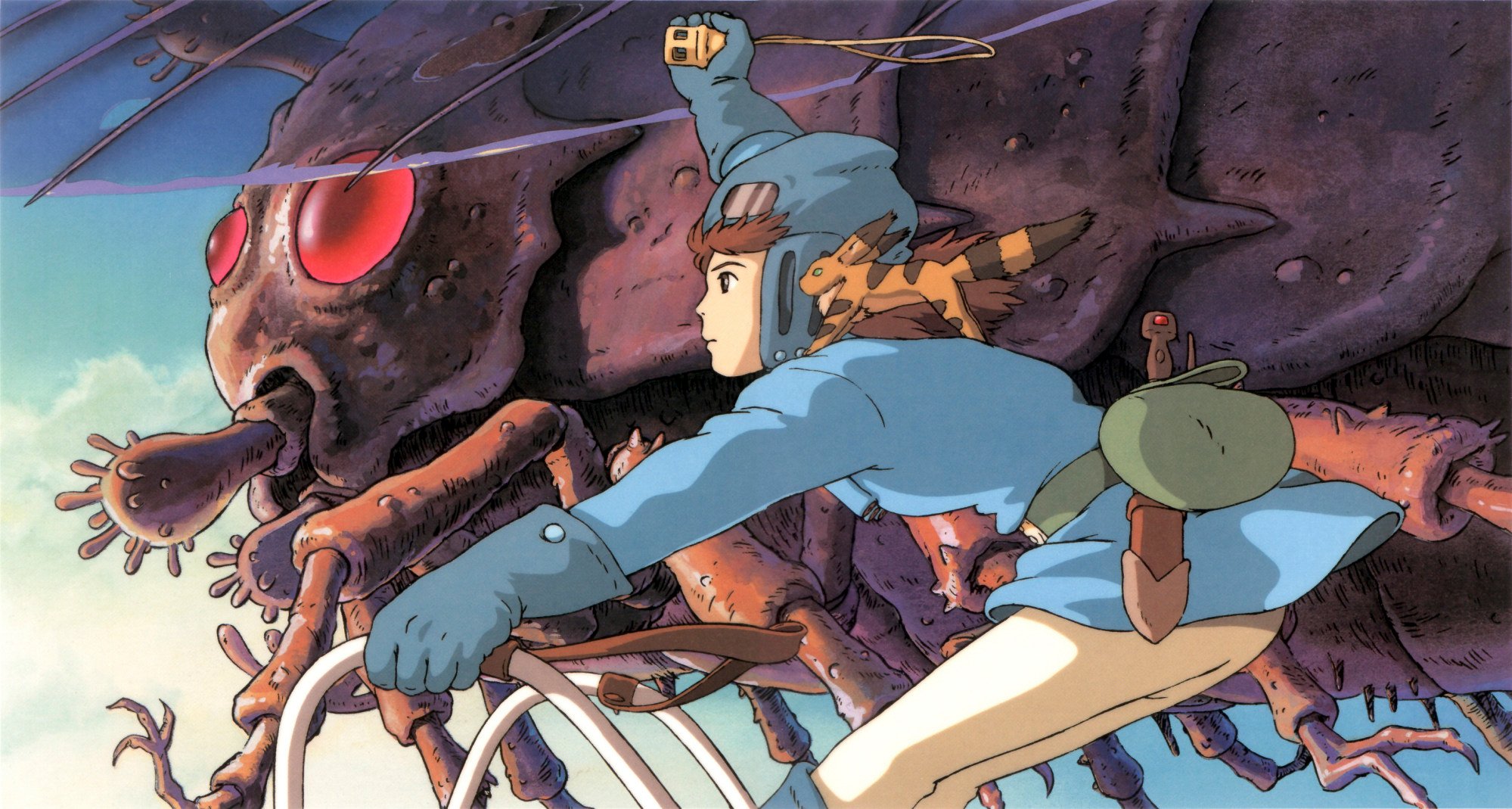
2 Akira (1988)
Set 30 years after a world war that levelled the Japanese capital, the film follows two biker gang members, Tetsuo and Kaneda, cruising the streets of Neo-Tokyo when they cross paths with an escaped test subject, and inadvertently become embroiled in a secret military operation.
Differing from many of its post-apocalyptic peers by setting its story in a sprawling metropolis as opposed to a bombed-out wasteland, Akira nevertheless tackles many of the subgenre’s most potent themes, including humanity’s relationship to technology and the planet, authoritarian rule and messianic prophecies, channelled through some of the most kinetic and dizzying hand-drawn animation ever committed to celluloid.
The undisputed high point of cyberpunk science-fiction, Akira has been relentlessly invoked and imitated, but never equalled.
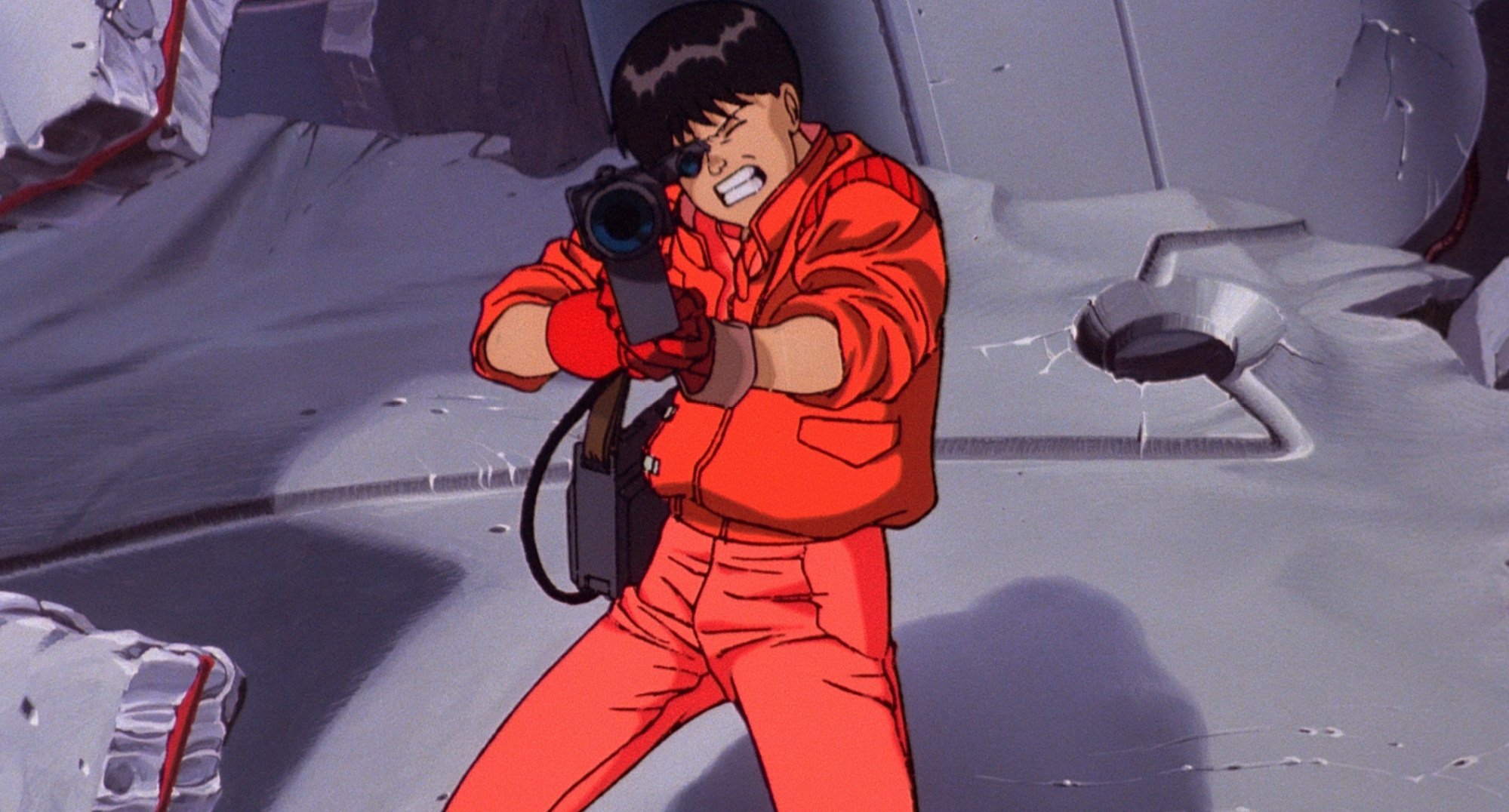
3 Snowpiercer (2013)
While the elites luxuriate in the first class carriages up front, under the protection of the benevolent industrialist Wilford (Ed Harris), society’s stragglers are forced to endure squalid conditions under armed guard in the train’s rear.
Adapted from the French graphic novel created by Jacques Lob and Jean-Marc Rochette, Snowpiercer follows Mad Max’s blistering lead, channelling simple, uncomplicated allegory into a lean and breathless slice of muscular action cinema.
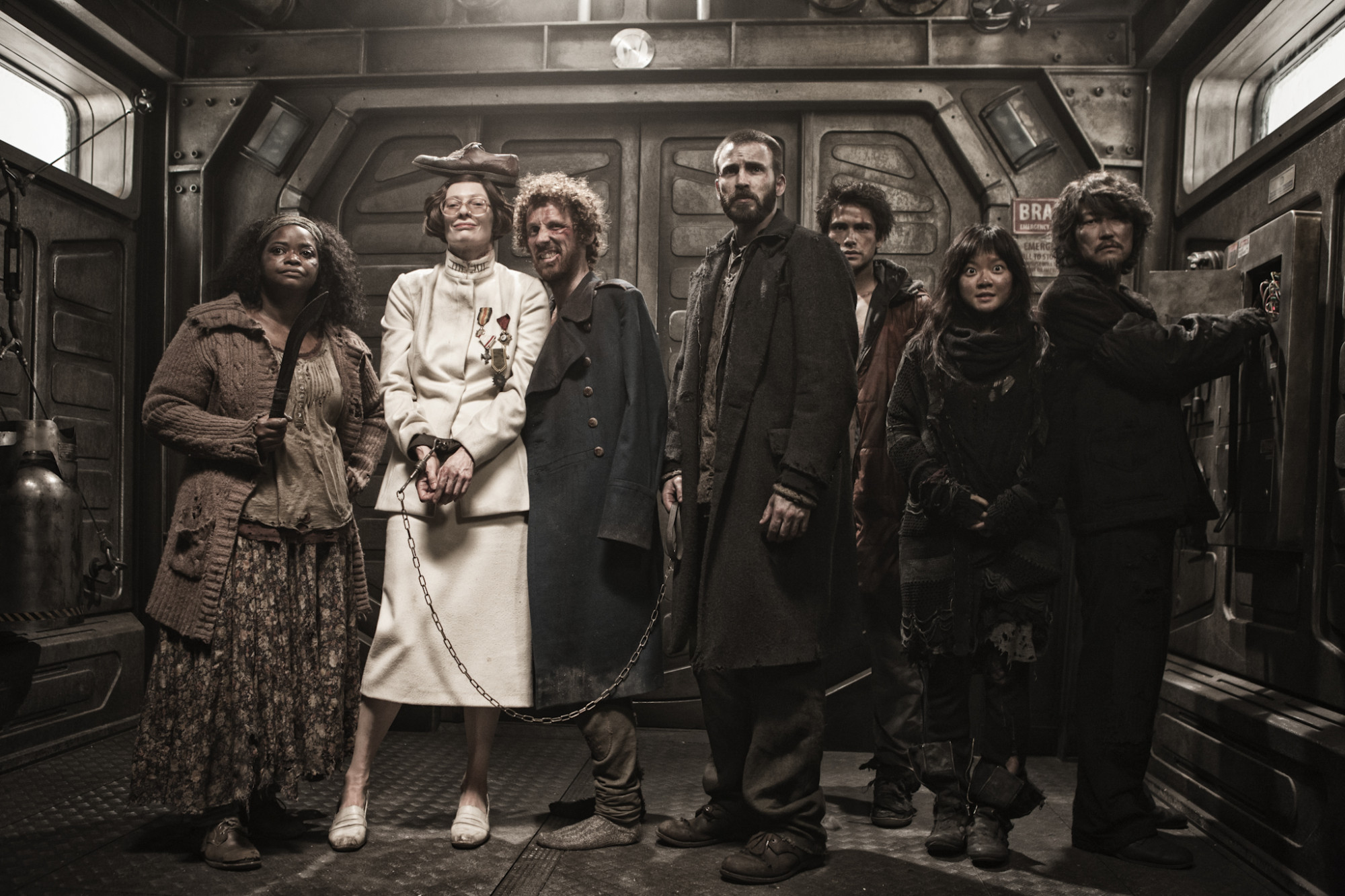
4 I Am a Hero (2015)
Shinsuke Sato’s I Am a Hero, conversely, follows its unlikely protagonist, manga artist Hideo (Yo Oizumi), as he finally finds his true calling in the midst of a full-blown zombie apocalypse.
Drawing upon a lifetime of nerdy knowledge that had hitherto confined Hideo to the least glamorous corners of modern-day society, he enthusiastically steps up to the plate in Japan’s darkest hour, spearheading a hilarious, high-octane counter-attack that is both reverent to past classics of the genre while also charting its own idiosyncratic course.
Kasumi Arimura and Masami Nagasawa provide able support as the swooning damsels in Hideo’s blood-soaked undead fantasy.
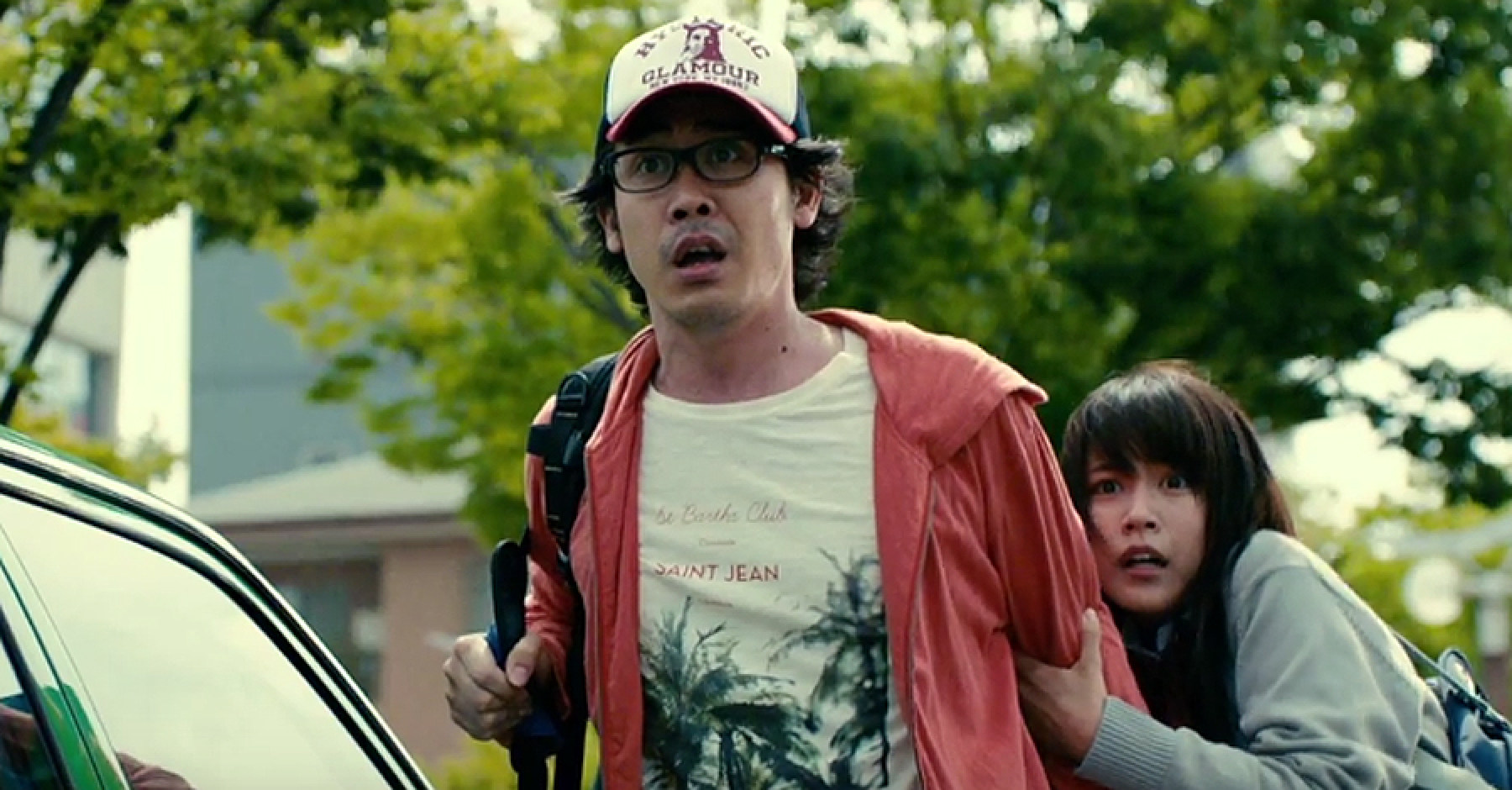
5 Warriors of Future (2022)
Hong Kong cinema rarely dips its toe into the sci-fi arena, and when it does, it tends to be for the knockabout silliness of Wong Jing’s Future X-Cops (2010), or the outright strangeness of Fruit Chan Gor’s The Midnight After (2014).
Producer and star Louis Koo Tin-lok’s long-gestating passion project is something of a unicorn, therefore, not only because it is a hi-tech futuristic action thriller that emulates the output of James Cameron and the Marvel Cinematic Universe, but that it largely delivers on its ambitious promise.
Set in a future ravaged by war and pollution, this directorial debut of Ng Yuen-fai takes place in the Hong Kong-esque metropolis B-16, which is overrun by a giant extraterrestrial plant that threatens to engulf the city.
Cue Koo, Lau Ching-wan and a squad of robotic super-soldiers, to be dropped into battle to fulfil all of its creator’s adolescent fantasies in one fell swoop.
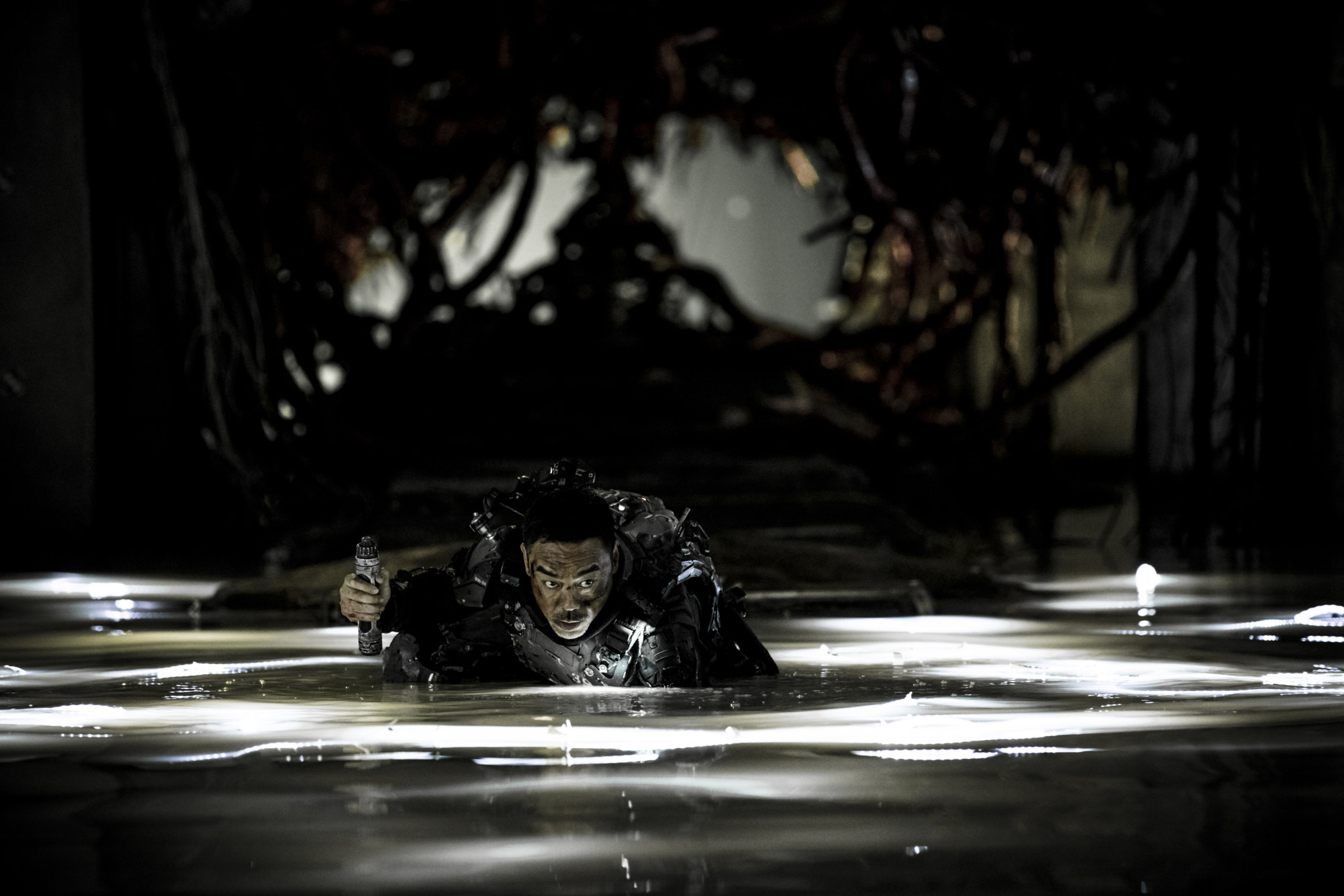
The results might feel familiar to aficionados weaned on Hollywood blockbusters, but Warriors of Future did prove an emphatic stride forward for Hong Kong cinema.

